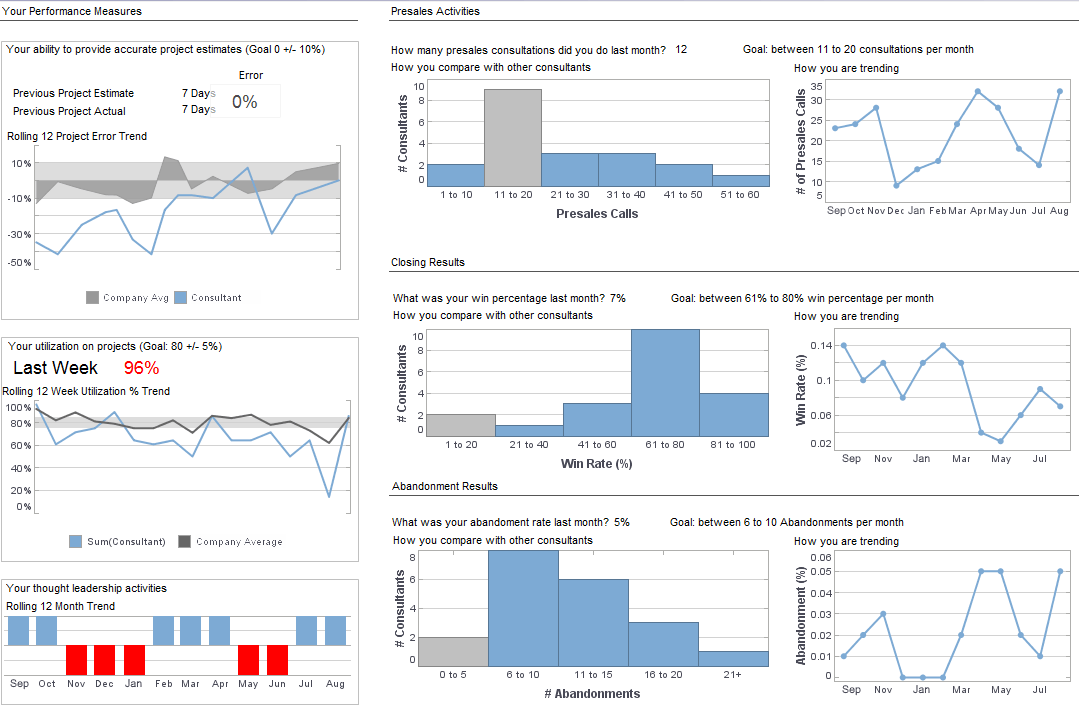InetSoft Podcast: Big Data Analytics
This is the transcript of a podcast hosted by InetSoft on the topic of "Big Data Analytics." The speaker is Mark Flaherty, CMO at InetSoft.
There has been a lot of talk this year about the wonderful world of big data and big data analytics. What is driving big data today? When we talk about big data, we’re often talking about volumes of data, and what is driving that tremendous increase in volume. I’ve heard people call it tsunami of data that is now.
Things that are driving that volume are a lot of new channels or new sources of data coming into the enterprise. This includes digital data, data like click stream traffic, things like mobile applications. It also includes a lot of sensor data that is coming off our vehicles or coming off of production lines.
All of these news sources of data are generating not only large volumes of data. To be honest database companies have solved the issue of large volumes of data for some time now. What we’re talking about now is how do we solve some of the new challenges around big data analytics. That includes both being able to take in these news sources of data, which are not well structured.
 |
Read how InetSoft saves money and resources with deployment flexibility. |
Non-Relational Data Sources
They are things like XML feeds and Apache Web logs which aren’t relational in format. They need to be interpreted. But even more interesting than that, the organizations that we work with are really looking at are what are some of the new forms of data analytics that can be done with techniques like MapReduce that marry well with SQL but go beyond SQL has been able to do with big data today.
How do we introduce these new BI technologies like MapReduce into the enterprise. There are other implementations of MapReduce out there with other vendors. There are open source implementations like Hadoop. But the challenge in a lot of those implementations is the level of skill set that is required to really use these technologies.
With MapReduce and Hadoop, you need to hire computer scientists, data scientists, who can code in Java from the ground up to execute those analytics. What we’re really focused on is how we bring the power of those new types of analytics directly in the hands of business and provide really the simplest way to bring new big data analytics to the enterprise because that is where you are going to see the impact of these new types of analytics, whether it’s in increasing sales opportunities, decreasing costs, being able to open both eyes to data products that are able to drive their business to the next level is really what we’re trying to provide the tools to do.
Smoothing out the learning curve associated with adopting such new analytics technologies is a great benefit. What are some of the common business problems that big data analytics is able to solve? What we have seen is a MapReduce platform which marries MapReduce with standard SQL in what is called a SQL MapReduce framework.
 |
Read why choosing InetSoft's cloud-flexible BI provides advantages over other BI options. |
Access MapReduce Styles of Processing
That SQL MapReduce framework permits the analyst who is using a BI tool that is generating SQL automatically, or perhaps they know how to code in some SQL, that allows the gain access to those MapReduce styles of processing. So with that, they can perform analytics like graph analysis, like pattern matching analysis, very rapidly on a system.
And that’s really hard to do with SQL. It lends itself well to business implementations around things like digital marketing optimization, looking at click stream traffic as well as digital advertising traffic, all of the customer interactions that are happening in the digital world and really optimizing an organization’s spend and of course, managing customer relationships.
Other common use cases we see are in the area of fraud detection where you are looking for unusual events and patterns of activity that you want to identify in a mass of data. You only want to see the outliers from that data. And then in the sensor world, machine data analysis, whether that’s telematics coming off of a vehicle. Or there is a whole host of industries that have interesting applications on production lines where you get a lot of sensor data that you can analyze in a very detailed fashion.
Let’s talk about online advertising optimization. It’s really a problem set that marketers in every industry are facing today. If you look at just the dollar amount that is being spent on interactive marketing or online advertising it is huge. I’ve seen estimates of as much as $55B being spent on digital marketing, which is great.
 |
Learn about the top 10 features of embedded business intelligence. |
We have a lot of investment in search marketing. Now we do paid search marketing as well as organic search marketing. Organizations have multiple Web sites, Web presences they want to track customer interactions across. We have email marketing. We have new digital media and advertising that we have as new channels to reach out to customers.
